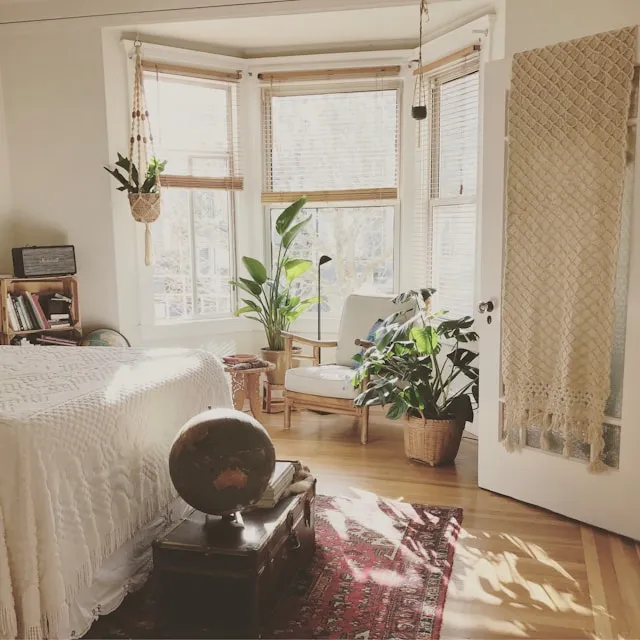Creating a garden is more than planting flowers or laying down grass—it’s designing a living, breathing extension of your home. Garden designs blend art, architecture, and nature to form spaces that inspire, relax, and sometimes even feed us. Whether you have a sprawling backyard, a compact courtyard, or just a balcony, the right design can transform your space into a sanctuary. This page is dedicated to resources, ideas, and guides that help you shape your own version of a dream garden.
Good garden design is about balance—between beauty and function, color and texture, open spaces and plant-filled corners. It isn’t just about aesthetics; it influences how you interact with your outdoor space. A well-planned garden:
Designing a garden with purpose ensures that every square foot works for your lifestyle.
Garden styles evolve with culture, climate, and personal preference. Here are some of the most popular ones you can explore:
Clean lines, geometric shapes, and low-maintenance plants dominate this style. Think ornamental grasses, neatly pruned shrubs, concrete pavers, and sleek water features.
Bursting with color and charm, cottage gardens embrace informality. Picture roses climbing trellises, lavender hedges, and pathways lined with wildflowers.
Focused on tranquility, Zen gardens use gravel, stones, moss, and carefully placed plants. They encourage mindfulness and quiet reflection.
Drought-tolerant plants like olive trees, lavender, and rosemary thrive here, paired with terracotta pots, tiled courtyards, and sun-baked stone paths.
Dense, lush, and vibrant, tropical gardens feature broad-leafed plants, bold flowers, and water features to mimic a jungle-like paradise.
A stunning garden often feels effortless, but behind it are carefully chosen elements working in harmony.
Not every garden looks the same, and that’s the beauty of design—it adapts to the space you have.
Compact gardens benefit from vertical planting, mirrors to create depth, and multipurpose furniture. Container gardening can add layers without consuming ground space.
With more room comes more flexibility. Large gardens can incorporate zones—vegetable plots, shaded seating areas, wildflower meadows, or sculptural installations.
Urban living doesn’t mean giving up greenery. Container gardens, raised beds, and vertical wall planters bring life to balconies. Rooftops can feature herbs, potted trees, and even small water features if weight limits allow.
Eco-friendly gardening isn’t just a trend; it’s a responsibility. Sustainable designs conserve resources while creating resilient, beautiful landscapes.
By designing with sustainability in mind, you create a garden that works with nature, not against it.
If you’re just starting, designing a garden can feel overwhelming. Here are some actionable tips to guide you:
On this page, you’ll find guides, tutorials, and inspiration to help you design your ideal garden:
These resources are designed to empower you with both creativity and practical know-how.
A garden is more than a backdrop—it’s a stage for life. It’s where children play, friends gather, and moments of solitude unfold. The act of designing a garden is as much about self-expression as it is about plants and pathways.
When you invest in garden design, you’re not just arranging greenery—you’re crafting an experience. Every stone, flower, and seating nook contributes to a story that’s uniquely yours.
The art of garden design is endlessly adaptable. Whether you want a tranquil retreat, a lively entertaining space, or a productive vegetable patch, the resources here will guide you. As you explore the articles and tools provided, remember: gardens are never finished. They grow, change, and evolve—just like the people who tend to them.
At Luxury Apartment Design, we know apartment living can be just as glamorous and comfortable as any spacious home—it’s all about the right design. Our content blends inspiration with practicality, making it easier for you to create a space you’ll love coming home to.
